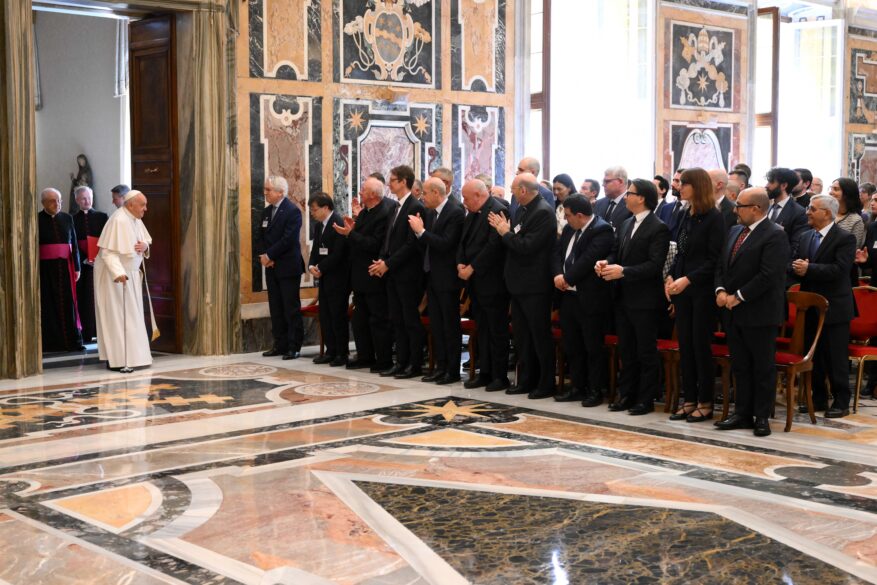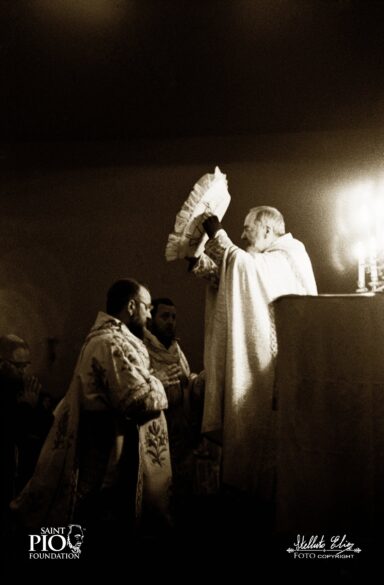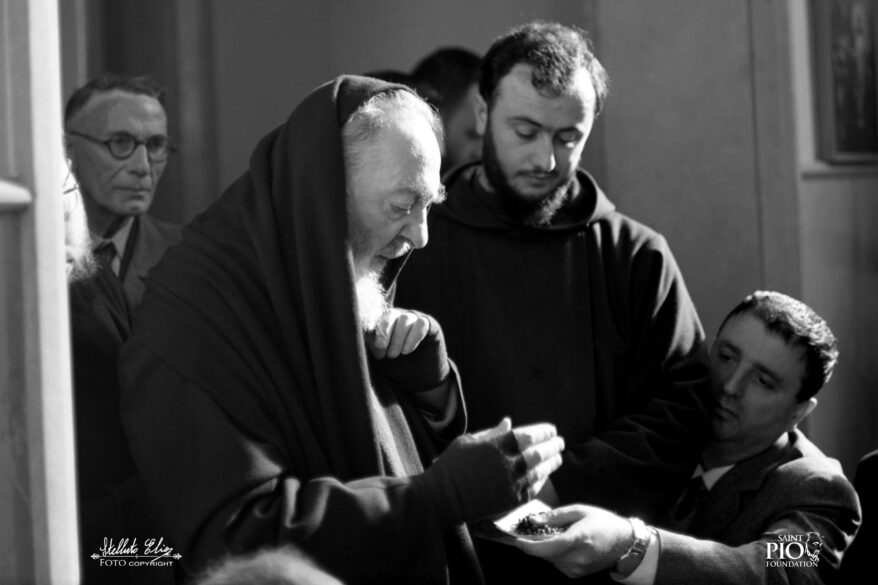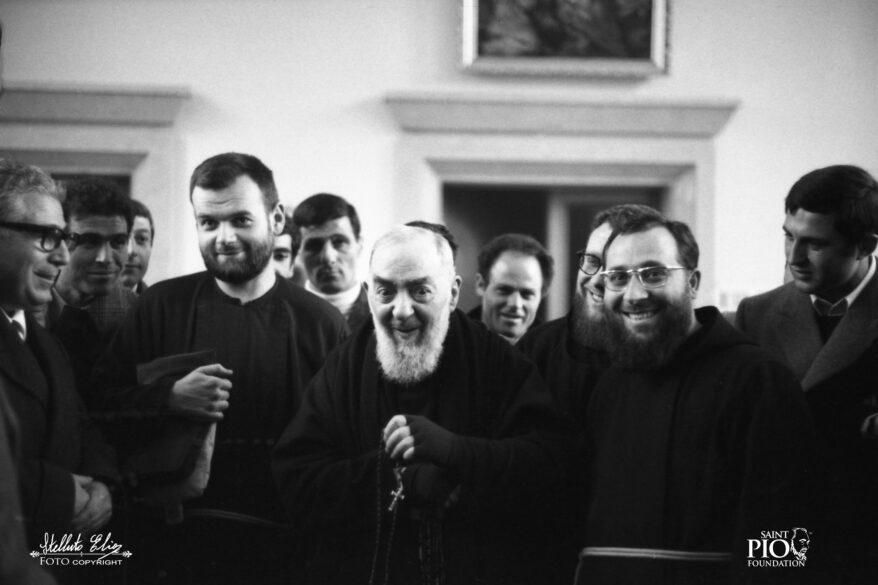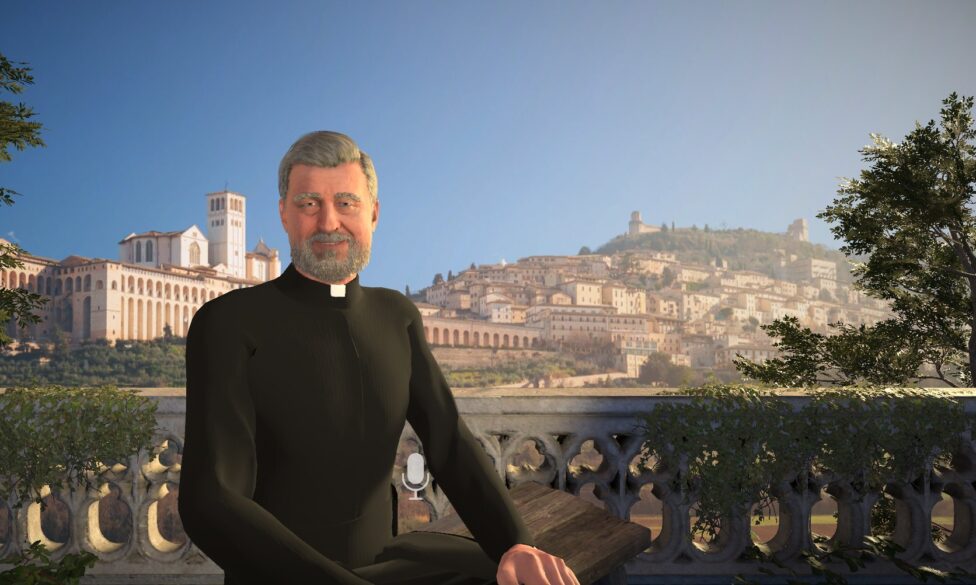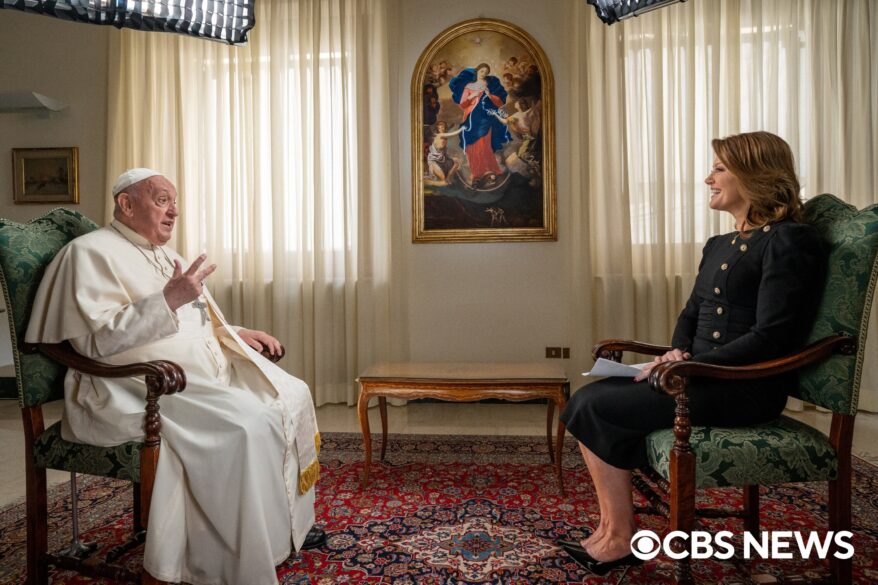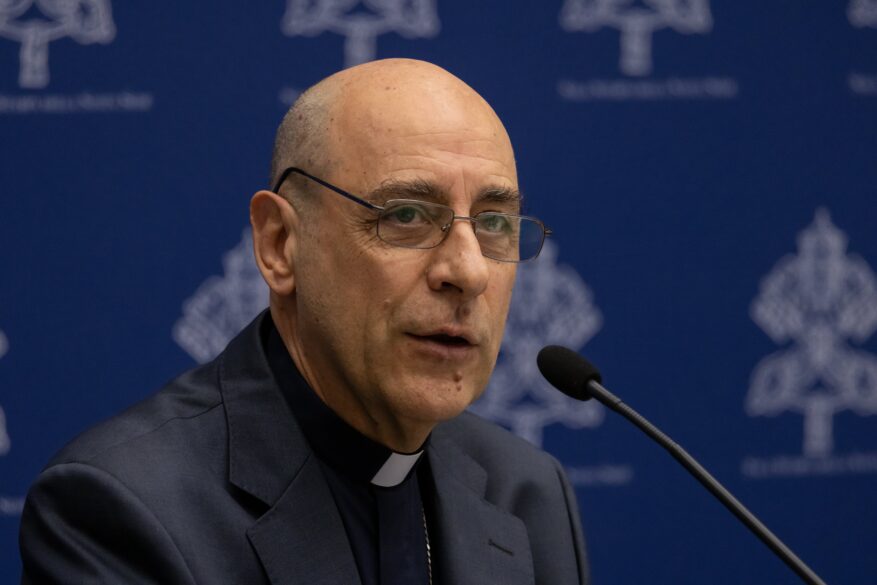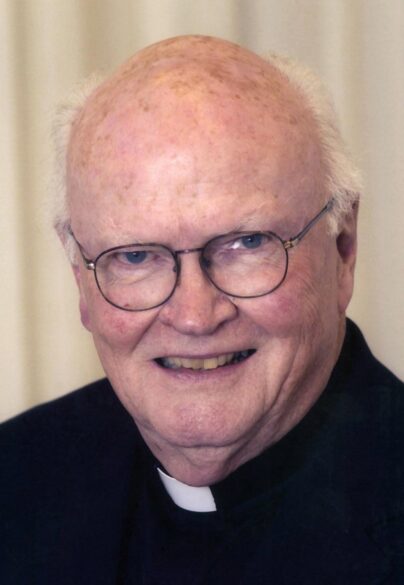NATION
INDIANAPOLIS (OSV News) – A special track just for priests has been added to the schedule of the National Eucharistic Congress in Indianapolis July 17-21, with speakers including two bishops and prominent theologians. The 90-minute “impact session” titled “Abide: The Priest Experience” will be offered on days two, three and four of the five-day congress. Day Two features speakers theologian Scott Hahn, founder and president of the St. Paul Center, and Father Brian Welter, executive director of the Institute for Priestly Formation in Omaha, Nebraska. Day Three features Bishop Andrew H. Cozzens of Crookston, Minnesota, chairman of the board of the National Eucharistic Congress Inc.; Dan Cellucci, CEO of Catholic Leadership Institute; Tim Glemkowski, CEO of National Eucharistic Congress Inc.; Jason Simon, president of The Evangelical Catholic; and Jonathan Reyes, senior vice president of strategic partnerships and senior advisor for the Knights of Columbus. Cellucci returns on Day Four, along with Bishop Daniel E. Flores of Brownsville, Texas. Meanwhile, the congress will also include a luncheon series for permanent deacons featuring Deacon Dominic Cerrato, Deacon James Keating, Deacon Omar Gutiérrez and Deacon Joseph Michalak. The congress is the pinnacle of the National Eucharistic Revival, a three-year initiative of the U.S. bishops to deepen understanding and love for Jesus in the Eucharist.
ABBEVILLE, Louisiana (OSV News) – A first Communion Mass at St. Mary Magdalen Catholic Church in Abbeville, Louisiana, was disrupted May 11 after a teenager attempted to enter the church with a rifle. Parishioners prevented the young man from entering the parish where 60 children were preparing to receive their first Communion. Police took the suspect into custody, and moments of chaos were caught on the church’s live stream as they swept the premises to see if other threats were present. Bishop J. Douglas Deshotel of Lafayette commented on the incident, saying, “we are thankful to God that a tragedy was avoided at the First Communion Mass for the children of St. Mary Magdalen in Abbeville. The quick response of the Abbeville Police Department and alert parishioners is a great example of caring for the most vulnerable in our community. Let us pray for an end to all threats of violence to innocent human life.”
VATICAN
VATICAN CITY (CNS) – Pilgrims passing through the Holy Door of St. Peter’s Basilica during the Holy Year 2025, going to confession, receiving Communion and praying for the intentions of the pope can receive an indulgence, but so can inmates in prison and those who work to defend human life or assist migrants and refugees. Fasting “at least for one day of the week from futile distractions” such as social media also can be a path toward a jubilee indulgence, according to norms published by the Vatican May 13. Pope Francis said he will open the Holy Year at the Vatican Dec. 24 this year and close it Jan. 6, 2026, the feast of Epiphany. But he also asked bishops around the world to celebrate the Jubilee in their dioceses from Dec. 29 this year to Dec. 28, 2025. The norms for receiving an indulgence during the Holy Year were signed by Cardinal Angelo De Donatis, the new head of the Apostolic Penitentiary, a Vatican court dealing with matters of conscience and with the granting of indulgences. The basic conditions, he wrote, are that a person is “moved by a spirit of charity,” is “purified through the sacrament of penance and refreshed by Holy Communion” and prays for the pope. Along with a pilgrimage, a work of mercy or an act of penance, a Catholic “will be able to obtain from the treasury of the Church a plenary indulgence, with remission and forgiveness of all their sins, which can be applied in suffrage to the souls in Purgatory.”
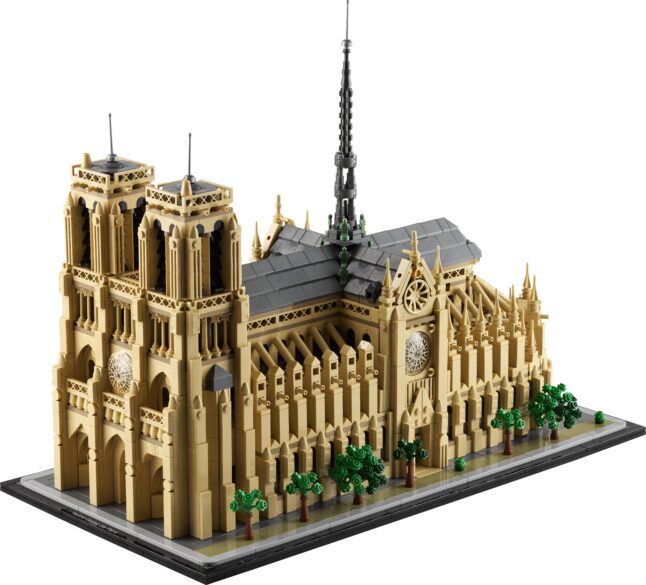
WORLD
BILLUND, Denmark (OSV News) – As workers complete the rebuilding of Notre Dame Cathedral in Paris after a devastating April 2019 fire, LEGO fans can assemble their own model of the iconic medieval structure, thanks to a soon-to-be-released kit from the Danish toy manufacturer. On May 7, the LEGO group announced it is accepting pre-orders for LEGO Architecture Notre-Dame de Paris, which will be released June 1. The company also will issue a LEGO Art Mona Lisa kit Oct. 1, with both products forming a tribute to Paris’ best-known artistic treasures, according to LEGO. The Notre Dame model – which retails for $229.99 – consists of 4,383 pieces and measures 13 inches high and 8.5 inches wide, with a depth of 16 inches. “We wanted LEGO fans to retrace the architectural journey and evolution of this landmark during its construction, to encourage a deeper appreciation for its real-life counterpart,” said LEGO senior designer Rok Žgalin Kobe.
PARIS (OSV News) – Called a “consoling angel,” the sister of King Louis XVI decided to stay on the side of her family even when death was imminent for doing so in the midst of horrors of the French Revolution. On the 230th anniversary of her death under the guillotine on May 10, 1794, “Madame Elisabeth” is one step closer to beatification as the historical commission for her sainthood cause wrapped up its work May 2. The diocesan phase of her sainthood cause was reopened in 2017. Since then Father Xavier Snoëk, the postulator, has spared no effort to raise awareness of the noble lady. Father Snoëk called her “an original and very modern young woman … pious and exuberant at the same time.” Elisabeth never married and chose “a life of commitment to the service of others, rooted in faith.” She was 25 when the French Revolution broke out full scale in 1789. She could have gone into exile, but she decided to stay with her brother Louis XVI. In August 1792, the whole royal family was imprisoned in the notorious Le Temple prison. Elisabeth “put all her energy into trying to support family members,” Father Scnoëk said, explaining why she was called a “consoling angel.” “She recited a daily prayer of abandonment to God, and at the moment of her death on the guillotine,” he added.
TBILISI, Georgia (OSV News) – A Catholic aid worker in the nation of Georgia told OSV News that a proposed law targeting nongovernmental organizations and media would severely undermine care for children and the poor in that country. “I cannot imagine how (we will) advocate for the rights of the children, the rights of the people,” said Tamar Sharashidze, children and youth protection and development program manager for Caritas Georgia. The agency – part of Caritas Internationalis, the universal Catholic Church’s global federation of more than 160 humanitarian organizations – is a locally registered NGO that serves as the country’s largest social service provider. But that reach is now threatened by a renewed push to enact Georgia’s proposed “Transparency of Foreign Influence” legislation. The Russian-style law would label as “foreign agents” entities receiving more than 20% of their funds from outside donors, threatening both Caritas Georgia’s mission and the country’s hopes to become a member of the European Union. Sharashidze is one of thousands regularly protesting the bill, donning a mask and glasses to evade being tear-gassed by police. “This proposed law would limit the capacity of civil society and media organizations to operate freely, and it could limit freedom of expression and unfairly stigmatize organizations that deliver benefits to citizens of Georgia,” she said. “And the voice of the people is more and more loud. And we have hope that we will win.”

